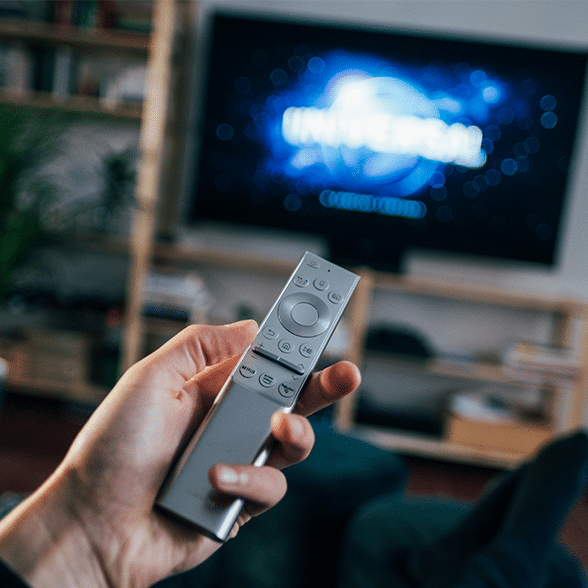CableLabs continues to make progress on 10G technology, touting recent achievements in a press release. A key goal is to upgrade existing DOCSIS technology, not only to provide faster service but also to support symmetrical speeds.
One important achievement was the DOCSIS 4.0 standard, published in March 2020, which provides 10 Gbps downstream and 6 Gbps upstream. Depending on how an operator implements 4.0, the technology can support multigigabit symmetric services over hybrid fiber coax (HFC) networks.
Other key CableLabs 10G achievements in 2020, according to CableLabs, included:
- Intelligent Wireless Network Steering (IWiNS), which is designed to enable adaptive traffic steering and seamless transitions among different types of wireless networks such as LTE, Wi-Fi, CBRS, etc.
- Release of the Flexible MAC Architecture (FMA) library of specifications, along with the FMA MAC Manager Interface (MMI) and the FMA PacketCable Aggregator Interface (PAI) specs. FMA is a disaggregated access network architecture that supports DOCSIS 4.0 requirements to obtain maximum speeds. As Telecompetitor noted in a previous post, FMA parallels network virtualization efforts underway with major telcos such as AT&T.
- IEEE approval of the 802.3ca standard, which defines 25G/50G-EPON. Cable companies often deploy fiber-to-the-home (FTTH) for green field deployments but rather than using the GPON technology favored by the telcos, cable companies use the Ethernet based EPON alternative. The new EPON standard supports symmetric or asymmetric speeds, with downstream speeds of 25 Gbps or 50 Gbps and upstream speeds of 10 Gbps, 25 Gbps or 50 Gbps.
- CableLabs also claims to have been instrumental in persuading the FCC to make 1,200 MHz of spectrum in the 6 GHz band available for Wi-Fi and other unlicensed uses.
- The press release also notes that CableLabs has driven advances in Wi-Fi Alliance specifications, including Wi-Fi Certified Vantage, Wi-Fi EasyMesh and Wi-Fi Easy Connect. Wi-Fi is an important offering for cable companies. Among other things, it underlies mobile offerings from Comcast and Charter.
- In October, the latest DOCSIS technology – in combination with other technology — enabled Comcast to achieve symmetrical 1.25 Gbps upload and download speeds over a live production network.
The ability to upgrade existing HFC infrastructure to support CableLabs 10G suggests that cable companies will be a continued competitive threat to telcos for the foreseeable future. Although telcos have a path to upgrade existing GPON networks to support 10 Gbps speeds using either XGS-PON or NG-PON2, those telcos that have not deployed fiber-to-the-home could find themselves at an even greater competitive disadvantage.


